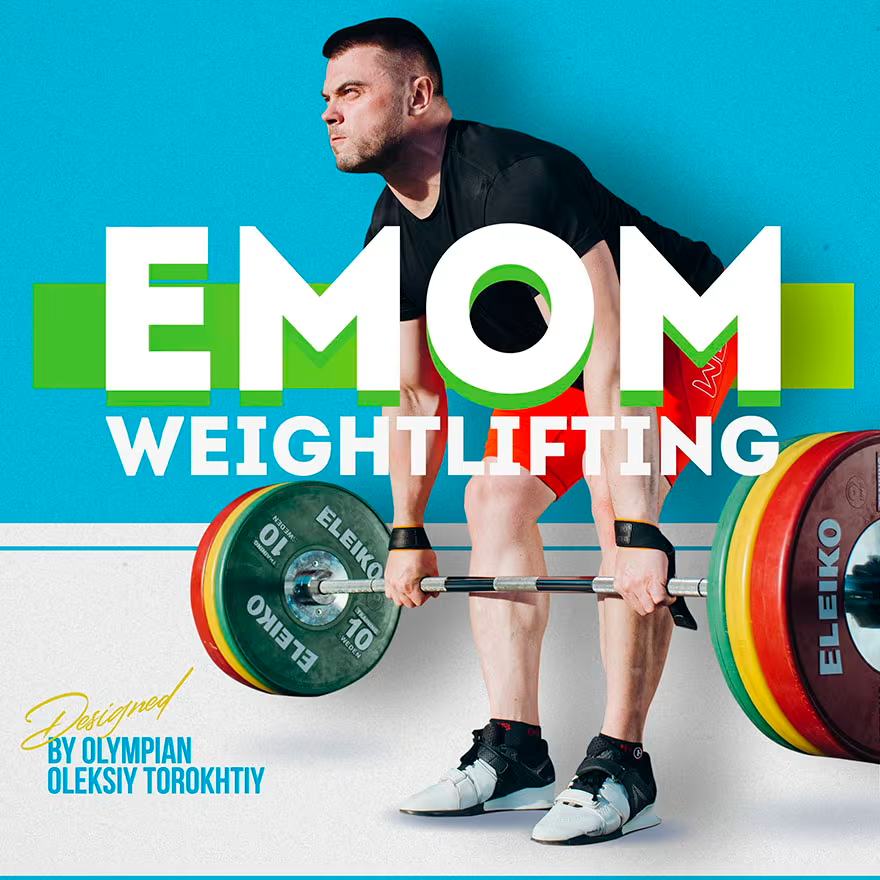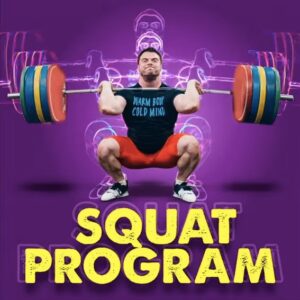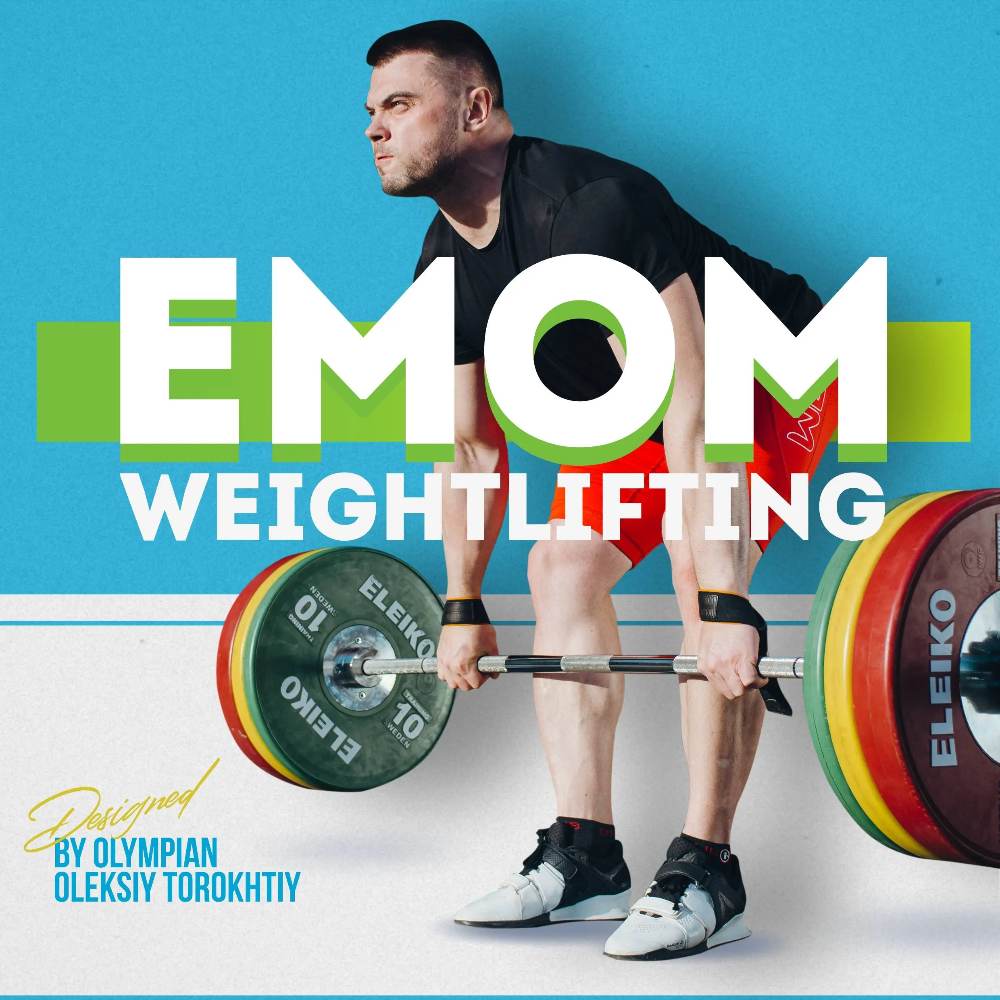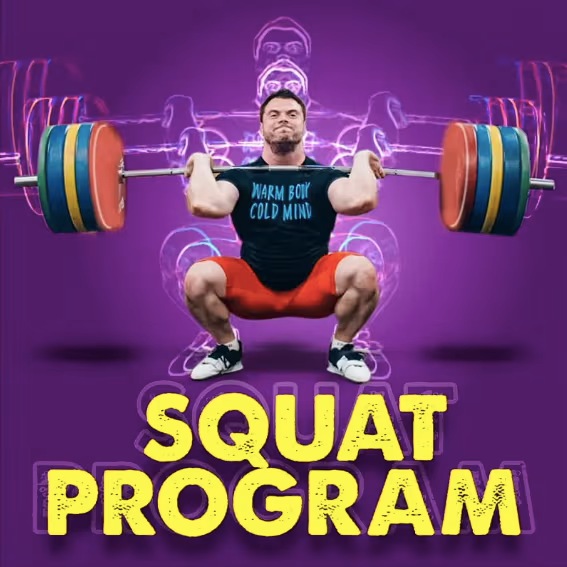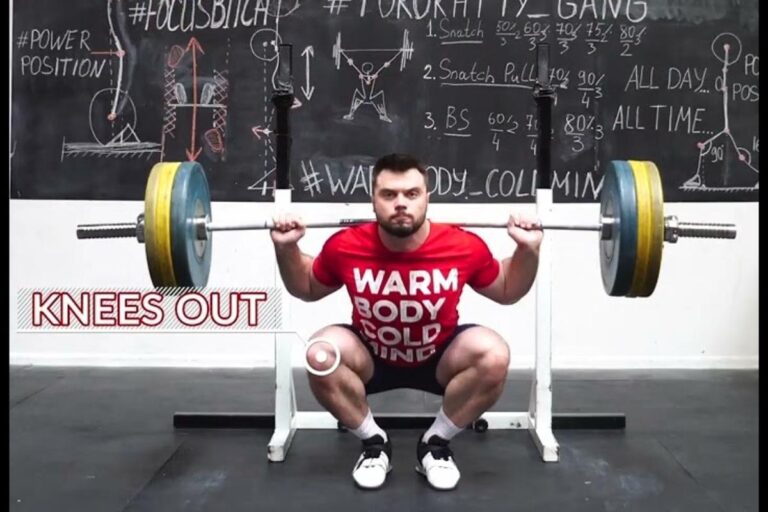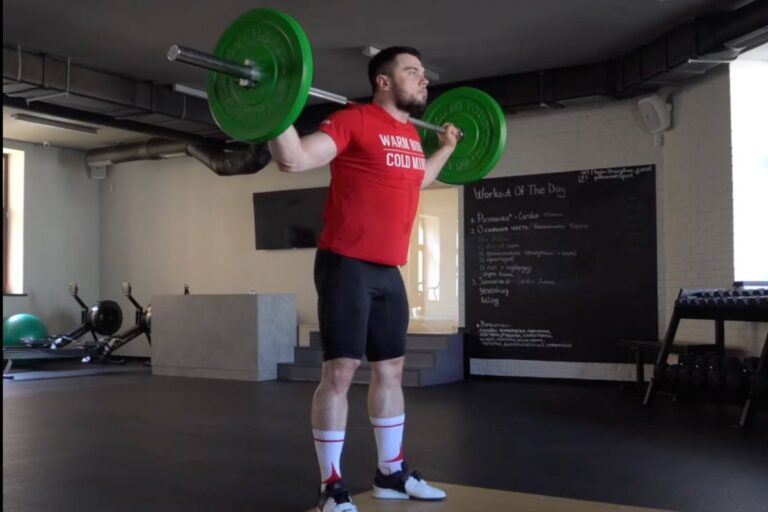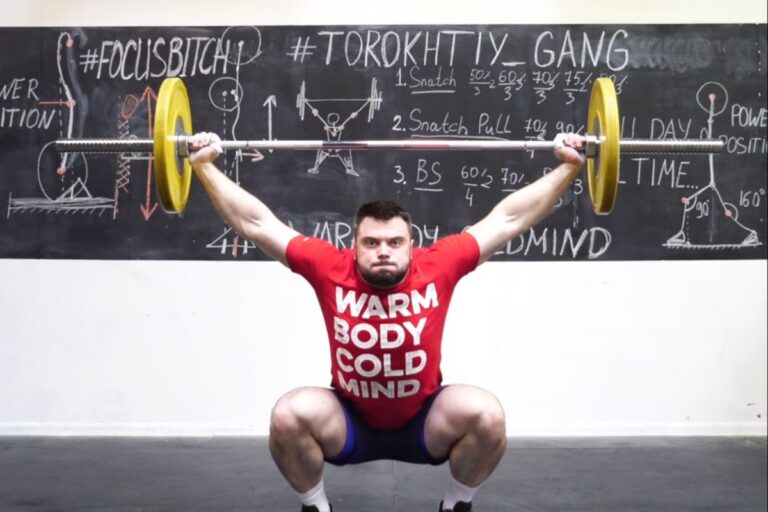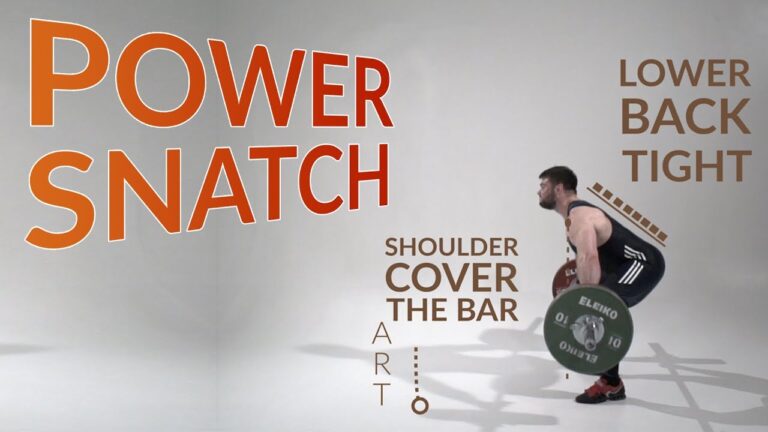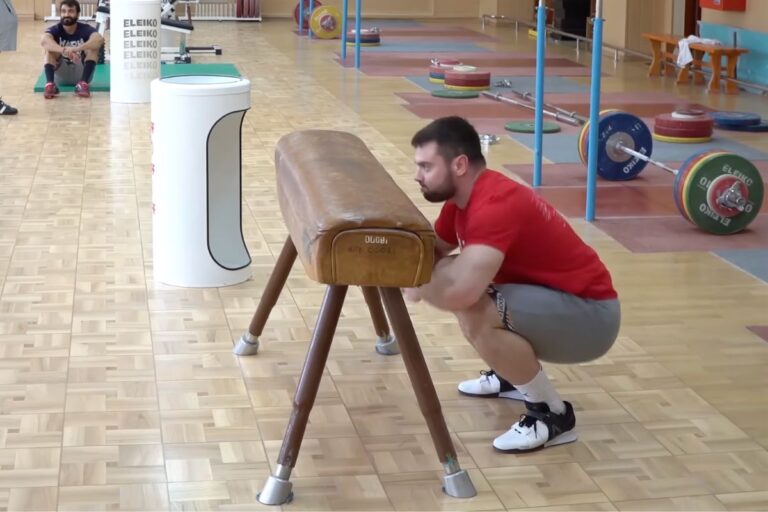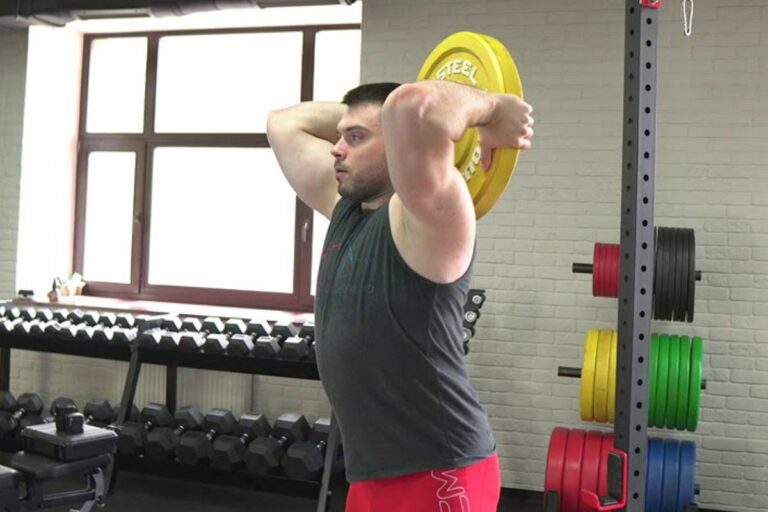Snatch Pull
Olympic lifting competition drills need accuracy. Multiple body components in the C&J and snatch require tremendous coordination on your behalf.
As a result, it is unusual for the Olympic lifts to be mastered within the first weeks or months of practise.
However, by dividing your snatch into distinct pieces for independent work, you may enhance it. For instance, you should practise the pull stages of the snatch separately from the receiving position of the lift since it has extremely particular locations and timing.
Incorporating the snatch pull exercise in your lifting routines will improve the performance of your Olympic snatch whether you are an experienced lifter or a beginner. The performance of this exercise will result in technique-based strength gains.
🔻Find Your Best Training: Take Our Quiz!
Are you ready to learn and grow? Take our simple quiz to discover the right training program for you. Let us help you succeed — click below to start the quiz!
All you need to understand about the exercise – snatch pull will be covered in this post, including:
- The Snatch Pull tech guide
- Advantages of the Snatch Pull
- Who needs the snatch pull?
- Planning the load
- The snatch pull variation
- Frequently Asked Questions
In the starting position, the athlete puts feet shoulders width apart, arches lower back, covers a bar with shoulders, arms are stretched and relaxed. Throughout the pull, it is important to cover the bar with shoulders and stand on a full foot until the power position, the bar is as close to the body as possible. In the power position, push powerfully feet up, elbows are up. The exercise is included in the basic arsenal of athlete’s training,therefore it is planned in preparatory and competitive periods.
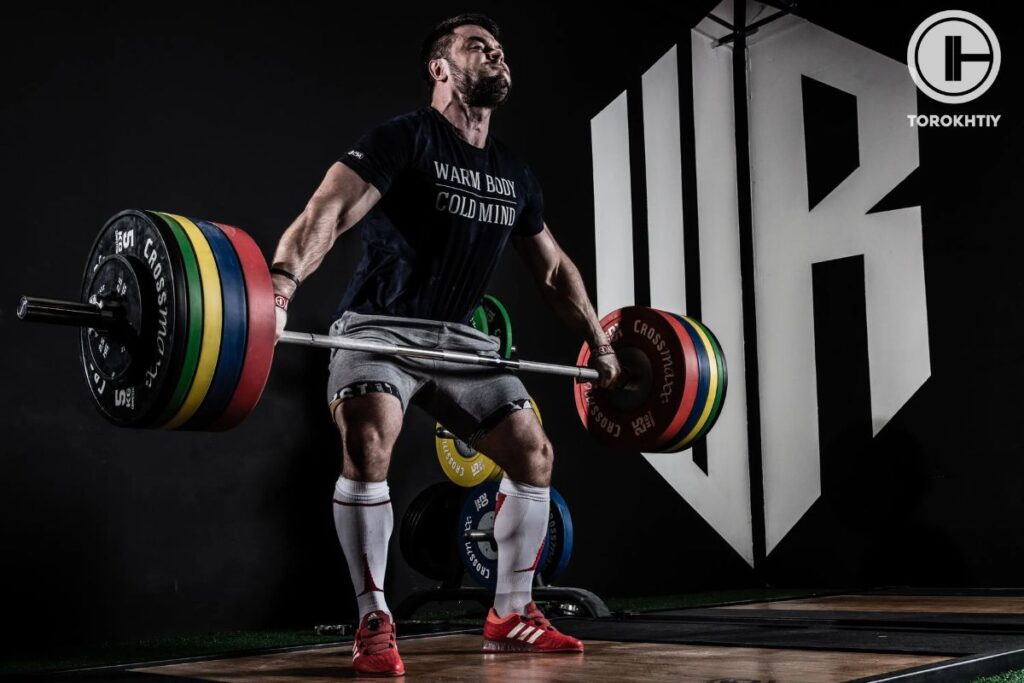
What is a snatch pull?
The snatch pull is the most popular and practically the most important strength exercise for the snatch.
The snatch pull is a basic exercise for snatch training in terms of strength, speed, control, and balance. Athletes usually use heavier weights for snatch pulls than for the snatch itself which effectively builds up the strength of the latter. However, it can be also performed with light weights for technical correction, balance training, adjusting particular body parts positions during the pull, and as a drill for the snatch movement learning.
The Snatch Pull’s advantages
You may directly enhance squat snatch and other Olympic weightlifting exercises by engaging in the snatch pull. Pulling exercises will improve your technique and help you get ready to snatch heavier loads in the future.
1. Technical Improvement
To immediately enhance your snatch movement mechanics, perform the snatch pull. The pulling component of the snatch is so distinctive and calls for highly developed muscle coordination, quickness, and control. Your entire snatch technique may be improved by focusing solely on your pull.
2. Power and Force
Snatch pulls with larger weights can boost your overall strength and power. Your catch posture and overhead strength will frequently dictate how much weight you can employ when snatching. By eliminating this element during just-pull practise, more repetitions with larger weights are possible.
3. Acceleration Development
A significant amount of acceleration occurs during the snatch pull when the barbell crosses the knee. As the bar approaches to the point of contact speed rises. You should work on your snatch pull if you’re an individual who wants to increase your force output and power potential.
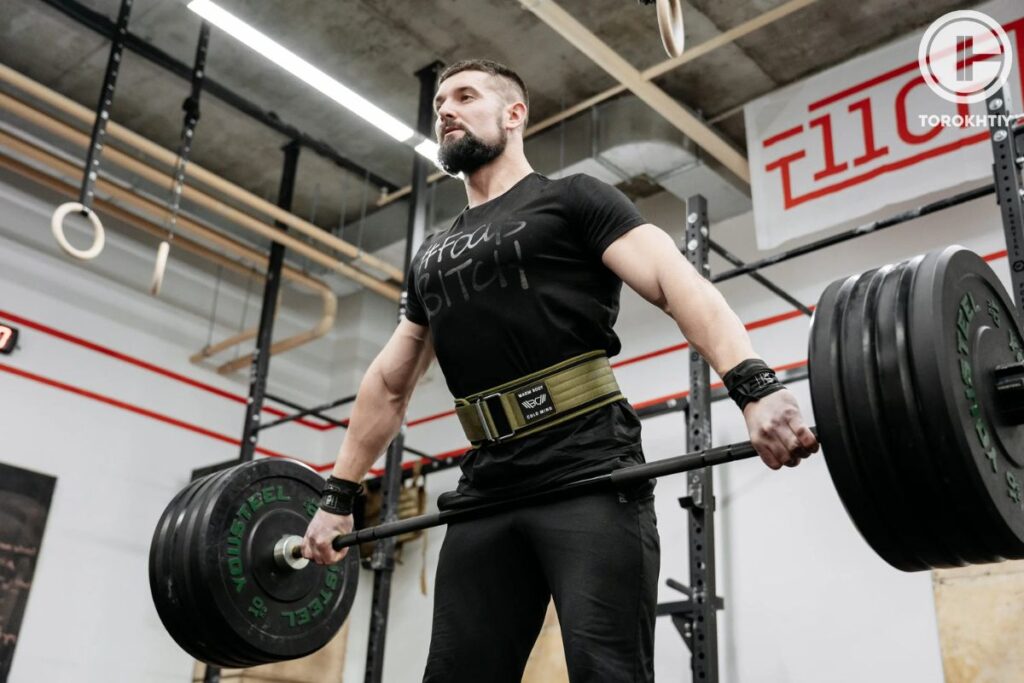
The technique
Let’s have a look at all the parts and elements of this exercise.
Basically, the snatch pull copies the snatch up to the beginning of the turnover. The movement starts from the platform and finishes with the full extension in the highest position. This exercise focuses on the critical points and velocity of the move.
1. Starting position
Set up the shoulder-width stance, put the toe phalanges in line with a bar, and maintain mid-foot balance. Grab the bar with the snatch grip. Look forward, open the chest, and squeeze the shoulder blades. Keep your back flat and shoulders over the bar.
2. Lift-off
As soon as you set up, start lifting with your legs: push them towards the platform, standing on the whole foot. Keep the shoulders in line with the bar. Move the chest and hips simultaneously. Maintain the highest possible proximity to the shins and hips during the entire movement.
Start accelerating as the bar passes the knees. When you approach the power position, extend your hips and legs forcefully. The contact with the bar must be extremely swift in order to pass all the power from the legs to the upward impulse. Make sure to keep the arms straight and relaxed as the bar is traveling up to the power position.
3. Finish
As the bar touches the hips, pull the elbows and direct them up extending the shins, knees, and hips at the same time. During this phase, it is essential to control the full vertical extension. My useful advice for newbies: after the final acceleration, always lower the bar slowly.
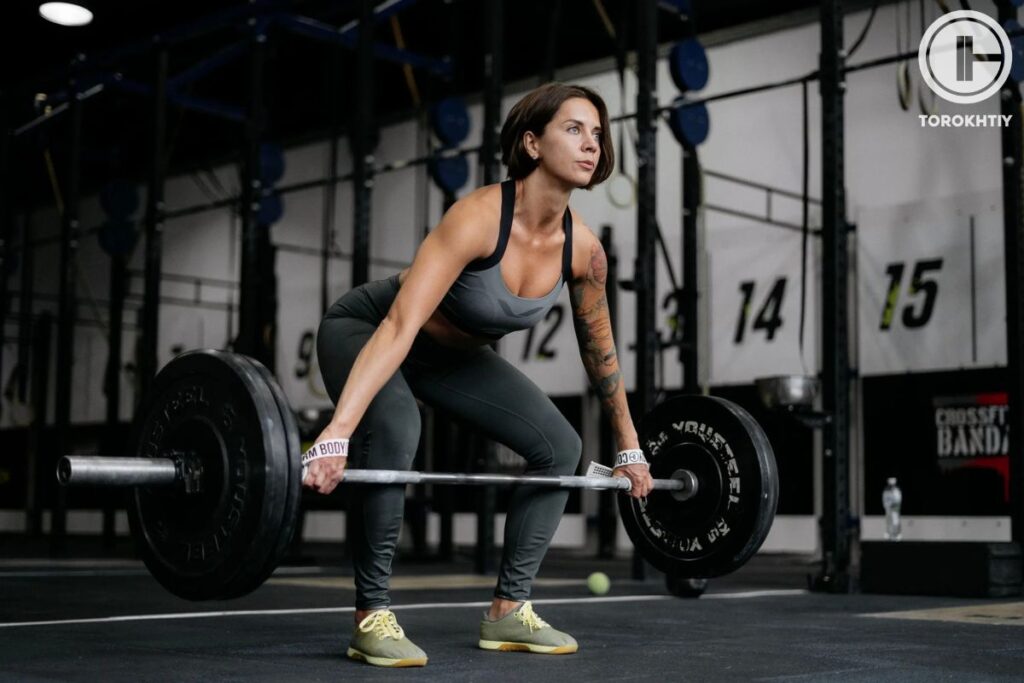
Snatch Pull Advantages
The snatch pull is an integral part of the training process not only in Olympic weightlifting but also in other kinds of sport. Even basketball players use this exercise though they mix up the words and call it pull snatch.
1. Technique improvement
Proper training volume in the snatch pull is a pillar of snatch first pull and snatch second pull improvement. It is a well-known fact that the snatch progress is a combination of muscle coordination, speed, and control.
2. Strength growth
Building up a strength reserve in the snatch is all about the pull. There is no point in expecting the pull progress as long as you perform only the snatch because the limiting factor in heavy lifting is always the vertical load and the stress from catching the bar overhead. However, the pull work successfully boosts your leg and back strength and power while not putting your wrists and shoulders at additional risk.
3. Explosive strength enhancement
The specific features of snatch grip pulls allow to effectively develop the skills and muscle groups that provide the acceleration above the knees. Even if you are not a weightlifter but an athlete who seeks explosive strength from an athletic position, the snatch pull is the best drill for you.
Who needs the snatch pull?
As I have mentioned before, any athlete, who aims to improve their snatch or just become more powerful and explosive, should perform snatch and pull. Regardless of your weightlifting experience, the snatch pull is a multipurpose tool for making headway.
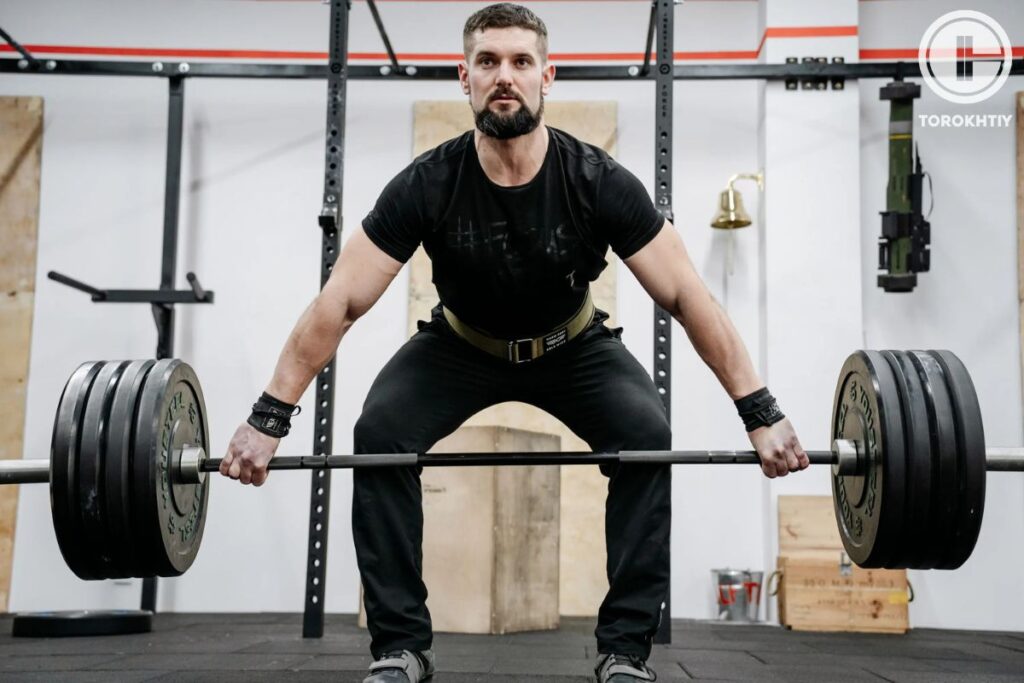
1. For beginners
Those who have just started their weightlifting journey should perform the snatch pull to learn new positions and angles from the platform and up to the second pull.
2. For advanced athletes
The snatch pull is a pillar of the snatch progress which can be limited by the lack of power during the pull phase.
3. For other kinds of sport
Strength preparation during the off-season is an integral part of sensible training for any American football, basketball, tennis player, or boxer. All these athletes use squats and deadlifts as the basic drills but the snatch pull is more beneficial than the deadlift. It is far more functional in terms of muscle coordination, control, and explosive strength. Thanks to its complexity, you may work with lighter weights and reduce the risk of injury due to overtraining.
4. CrossFiters
CrossFit athletes should include the snatch pull in their training plans to prepare for a weightlifting/snatch WOD. The point of the snatch in CrossFit is usually to fit as many reps as possible in the shortest time. Practicing the crossfit snatch pull skills improves the efficiency and productivity of your WOD performance. CrossFiters, here is your motto: snatch pull crossfit.
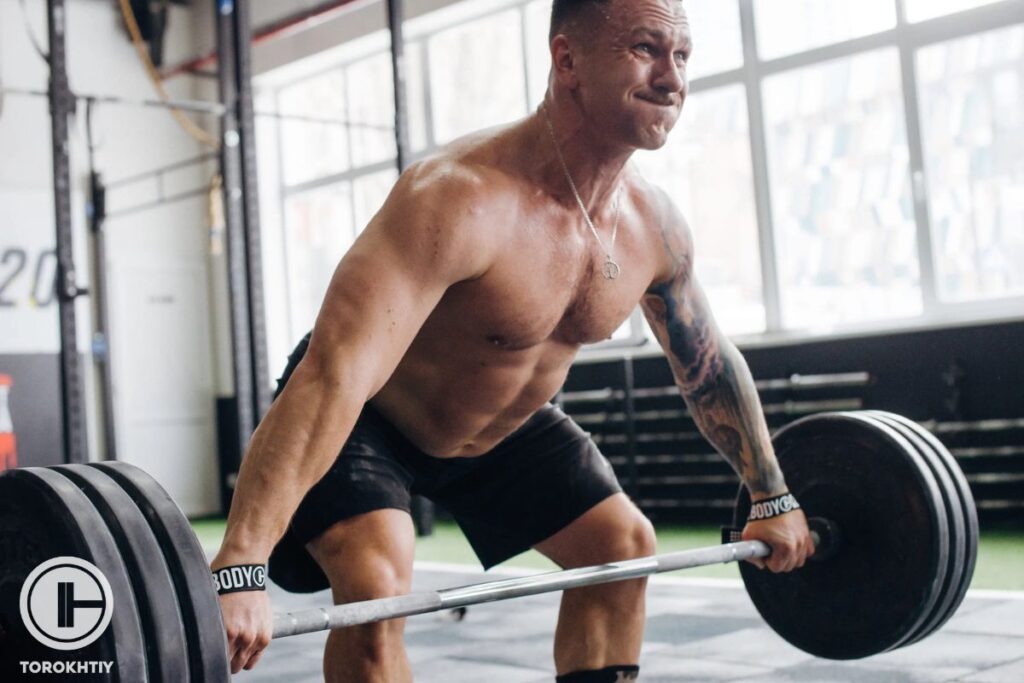
Planning the load
The snatch pull planning depends on an athlete’s level and preparation period. But the general principle is to do 1-6 reps in a set and vary the working load from 70 to 110% from your 1RM in the snatch. The most important rule is to avoid weights that you can’t lift with the proper position and speed in the second pull. As a strength-building drill, it should be performed after the main snatch exercise but before the basic strength work (such as squats) since it demands significant speed and precise technical capacity.
1. For technical work
If you aim to improve your technique, perform the muscle snatch for 4-6 reps and 3-6 sets. The high-volume work trains the proper sequence of muscle involvement and accuracy of the move. For this purpose, it is better to use working loads of up to 50%.
2. For speed enhancement
If you concentrate on the speed, use comparably light weights to provide the highest acceleration. In this case, do the snatch pull for 2-4 reps within 60-85% from your 1RM in the snatch.
The snatch pull variation
There are plenty of different variations of this exercise. Chose the most appropriate depending on your goals and training peculiarities.
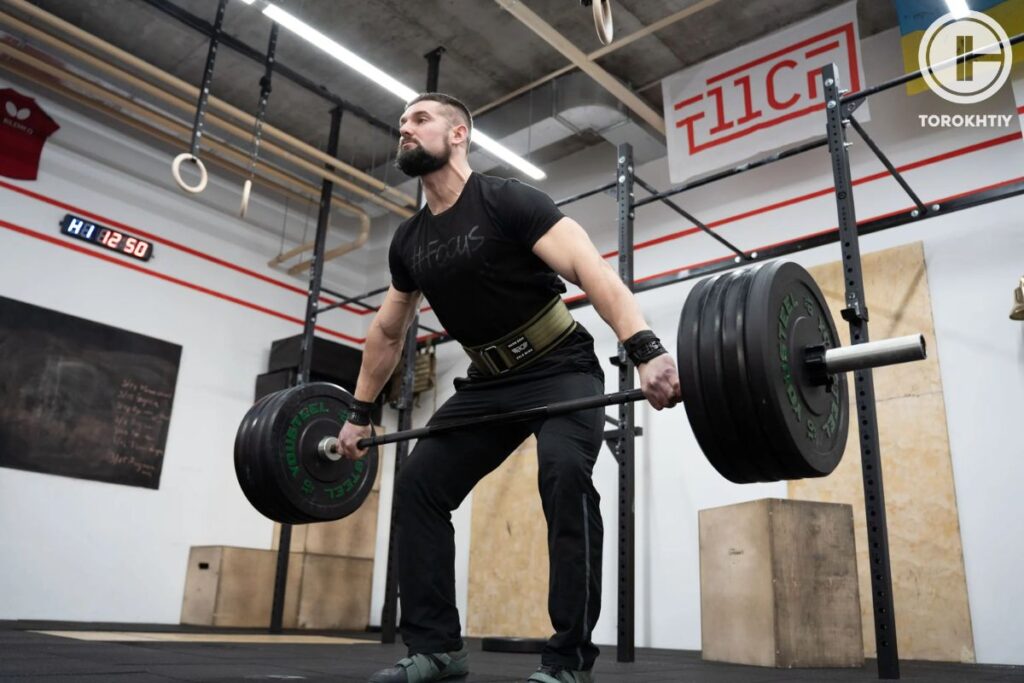
1. Snatch Grip Deadlift
It is a regular deadlift performed with a wide grip. The technique has the same positions as the snatch pull but without the barbell hit, trap work, and heel rise in the second pull. The snatch grip deadlift is perfect for building the lower body and upper back strength without the explosive part.
2. Chinese Snatch Pull
This variation (more known as the panda pull) is a unique combination of the pull and a little drop under the barbell.
3. Paused Snatch Pull
A pause (2-6 seconds) can be used at different pull phases in order to complicate and focus on particular positions. For example, you can do it at the lift-off, below or above the knees, or in the power position. Moreover, you can even add several pauses during the upward or downward movement. For instance, if you work on technique, a 2-3-second pause at the knee level helps feel the balance, fix the feet and back positions, relax the arms, and after that accelerate the bar and do your best in the explosion.
4. No-Foot Snatch Pull
Many athletes regularly perform the no-foot snatch pull to improve the timing. This exercise solves the problem of early heel rise that reduces your acceleration critically.
5. Deficit Snatch Pull
This variation teaches an athlete to “endure” the pull, and develop acceleration as well as the amplitude. If you have rather weak back muscles, struggle to drive a bar off the platform, or just lack the strength, this exercise is essential for you. You better use the deficit snatch pull during the preparatory period while building up a strong physique. But keep in mind that such a pull requires more time for recovery. And make sure to choose a proper load to maintain correct biomechanics and high velocity.
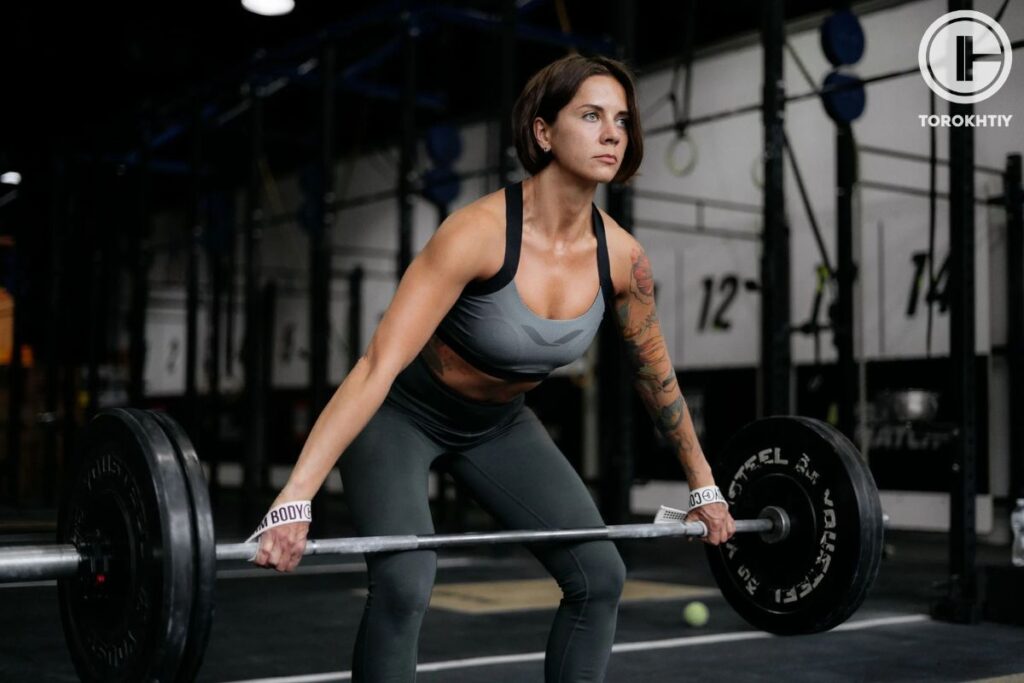
6. Block Snatch Pull
A shorter amplitude allows you to focus on the second pull, quality of explosion, arms work, and elbows upward direction. The main purpose of block exercises is to fix particular phases, including the extension in the second pull.
The snatch pull helps you not only improve the snatch but also make the training process more productive. All variations are a great way to train your body and improve weightlifting skills.
FAQ
Snatch pulls feature a lot of elements, while appearing to be a simple action at first appearance. As a result, you could still have some inquiries.
When should I employ the “touch and go” technique, and what does it mean?
Lifters will occasionally practice pulls using the “touch-and-go” technique, which involves tapping the barbell back to the ground between repetitions. To complete the repetitions, the body must maintain its tension in the bottom position. This technique may be utilized for a variety of objectives, including boosting absolute strength, building eccentric strength, and improving coordination. It helps you save time at the gym as well. To benefit from maintaining the start position isometrically, newer weightlifters who are still honing their start position may wish to refrain from exercising with touch-and-go exercises.
What do weightlifting straps do? Do I need to use them?
The wrist is wrapped with lifting straps, which make it easier to link your wrist to the barbell. They are permitted during workouts but are not allowed during weightlifting tournaments. As a result, you should think about just using straps when lifting particularly big loads. Straps are great for boosting volume and intensity during exercises by preventing your hand grip from being a stumbling block.
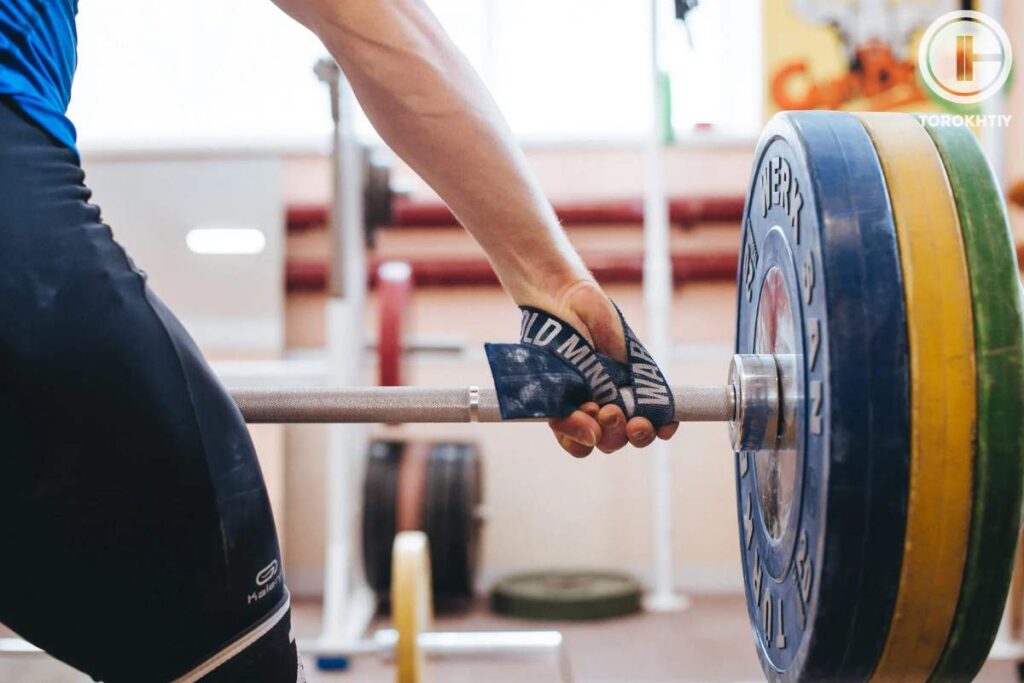
Conclusion
Every successful snatch is preceded by a successful snatch pull. The majority of lifters who do flawless snatches in the training or on the competition can partly credit their consistency to the numerous pulls they have practiced. Training simply the pull might not be the most thrilling thing ever, but it will pay off later whenever it’s time to max out.
Pulling will not only improve your snatching, but it will also make you more focused and committed to your training. Snatch pulls can help you develop into a more skilled weightlifter since they’re a wonderful technique to overload your body and boost your efficiency in the gym.
Why Trust Us?
With over 20 years in Olympic Weightlifting, our team does its best to provide the audience with ultimate support and meet the needs and requirements of advanced athletes and professional lifters, as well as people who strive to open new opportunities and develop their physical capabilities with us.
By trusting the recommendations of our certified experts in coaching, nutrition, dietology, and sports training programming, as well as scientific consultants, and physiotherapists, we provide you with thorough, well-considered, and scientifically proven content. All the information given in the articles concerning workout programming, separate exercises, and athletic performance, in general, is based on verified data. We ensure that you can rely on our professionals’ pieces of advice and recommendations that can be treated as personalized ones which will benefit you and fully meet your needs.
The product testing process is described in more detail here
Author: Oleksiy Torokhtiy
Olympic Weightlifting Champion
Best Results: Snatch – 200 kg,
C&J – 240 kg
Oleksiy Torokhtiy is a professional athlete boasting 20 years of experience in Olympic weightlifting. With multiple European and World titles under his belt, he has showcased his prowess in two Olympic Games (Beijing 2008 and London 2012). Upon concluding his illustrious career, Oleksiy dedicated himself to coaching. By 2022, he had conducted over 200 weightlifting seminars worldwide. He is the visionary behind an international sportswear and accessories brand known for its motto, “Warm Body Cold Mind.” Additionally, he is an esteemed author and the creator of a series of training programs and eBooks.


